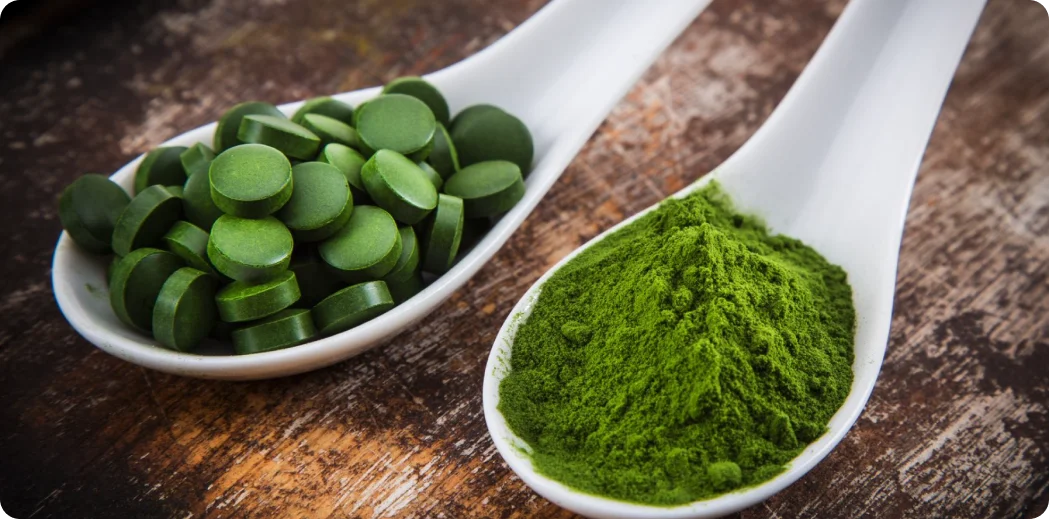MIGROALGAE
FOR ALL-AROUND HEALTHY NUTRITION
&
A SUSTAINABLE PLANET

Microalgae is a term encompassing single-cellular or multicellular algae, which are among the oldest living organisms on the planet. They are rich in several vitamins, minerals, fibre, and protein.
Microalgae can be grown and are found all over the world in both fresh and saltwater, as well as on damp walls. Microalgae need energy from the sun to create bioactive nutrients because they lack roots and leaves. About half of the oxygen in the atmosphere is produced by microalgae, which also develop photoautotrophically by utilizing carbon dioxide as a greenhouse gas. They also produce very high-quality and necessary compounds such as vitamins, colour pigments, vital fatty acids, amino acids, antibiotics, and pharmaceutically active compounds. Spirulina platensis and Chlorella vulgaris are considered the two most significant microalgae families.


